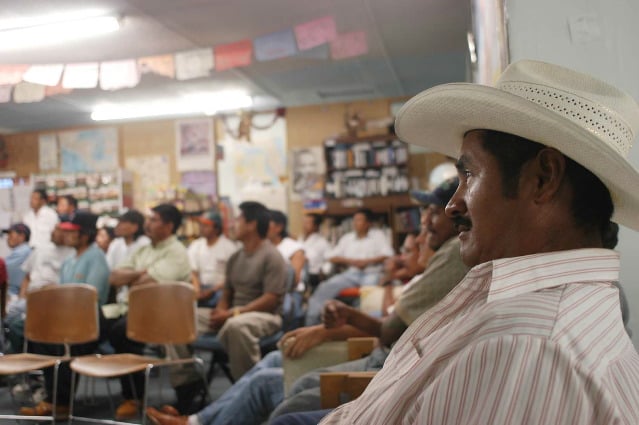2 min read
How To Get a Rewarding Medical Career Helping Manage Patient Safety - CET
 Amy Lawrence
:
Oct 21, 2020 9:00:00 PM
Amy Lawrence
:
Oct 21, 2020 9:00:00 PM

The job of a health information technology (HIT) worker seems self explanatory. They are responsible for working with health information technology to input and share patients’ health information. That job description might seem a little…dull. There is a lot of typing and data entry. Numbers galore. A lot of time spent with computers with no time for YouTube cat videos. It may not seem like a job with a lot of impact.
But a deeper look reveals one of the more rewarding and important careers in health care. HIT workers are on the cutting edge of a medical revolution that went into overdrive just a few years ago. They have changed the face of patient care, made doctors more efficient, patients more comfortable, and it has saved lives.
We forget that the technology that is everywhere today is really new. We still have not figured out all the ways it can improve our world. HIT workers are helping to maximize the vast improvements technology can bring to health and healthcare.
The importance of HIT workers can be felt throughout every aspect of the healthcare system. A patient getting a simple checkup can count on their doctor seeing all of their medical records. An accident victim facing a life-or-death moment in a crowded and chaotic emergency room won’t be given the wrong drug. Nurses juggling ten patients in an ICU are not juggling scribbled-on medical charts, they are looking at clear and accurate computer displays.
Health information technology workers help make these situations, and many others, possible.
Back in the Day
Once upon a time, doctors started from scratch every time they saw a patient—even if they had seen them multiple times. In the 1920s, medical professionals started using medical records to track treatments and results. Soon afterward, the American College of Surgeons created a national system of records.
The sixties and seventies brought those records onto computer systems, and as systems became more advanced, so did the records and their effectiveness. Just before the millennium, the Institute of Medicine (IOM) issued a report called “To Err is Human” that estimated almost 100,000 patients died from medicals errors. Soon after, the IOM identified HIT as the best first step towards preventing those deaths. But it wasn’t until 2009 that the federal government made the adoption and use of HIT mandatory. The decade that followed saw a lot of advances, and patient care improved—and many mistakes were avoided.
We’re talking about saving time, money, pain…and lives.
For an easy example: most prescriptions are now computer-generated. Anyone old enough to remember the slips of paper your doctor used to give you with your medication written out in some kind of chicken scratch scrawl that pharmacists could (maybe) read knows the benefits of HIT.
And behind it all: health information technology workers.
HIT Today
But the technology is far from perfect. So today’s HIT workers aren’t just responsible for “following the systems.” Depending on their areas of expertise, they are tasked with improving those systems. From the coder who creates a better interface, to the intake specialist who suggests a better system for data input, to the computer security expert who protects our records, HIT workers are making all of us healthier.
The market for HIT workers is one of the faster-growing sectors in the country—actually, in the world. A recent report estimated that 3.9 trillion dollars will be spent on IT worldwide in 2020 alone. The federal government is projecting that 29,000 new HIT workers will be needed before the turn of the next decade.
Those are wonderful stats for anyone looking for a stable career with a strong future.
Ultimately, health information technology workers get to claim rewards that are impossible to quantify: they are making our healthcare system better every day and saving lives while doing their job.
Want more information on health information technology? The American Health Information Management Association (AHIMA) has all the resources you need.

Welding Together a Better Future: A National Farmworker Jobs Program Success Story
The National Farmworker Jobs Program (NFJP) is a valuable program from the U.S. Department of Labor that’s empowering farmworkers across the country...

